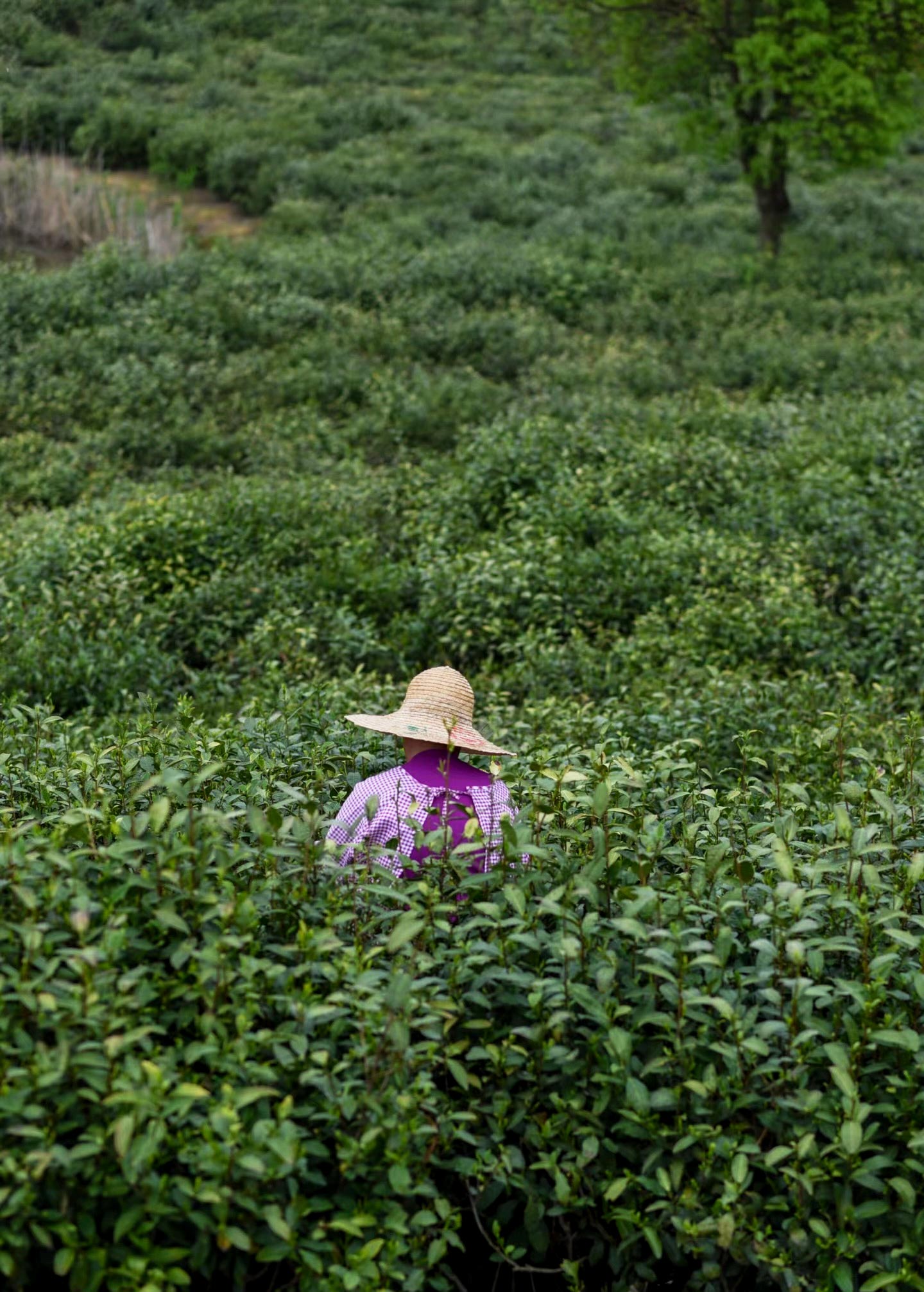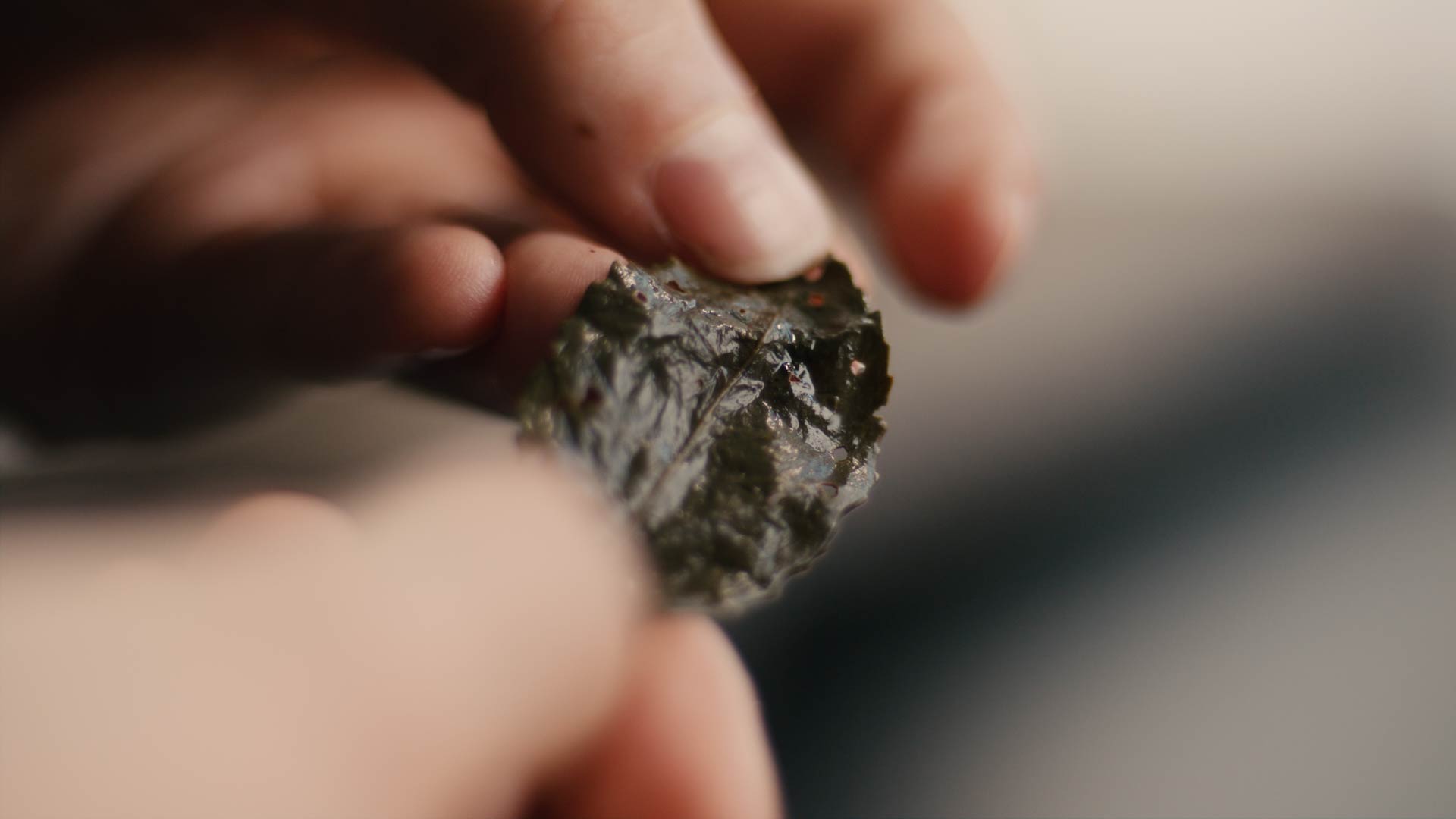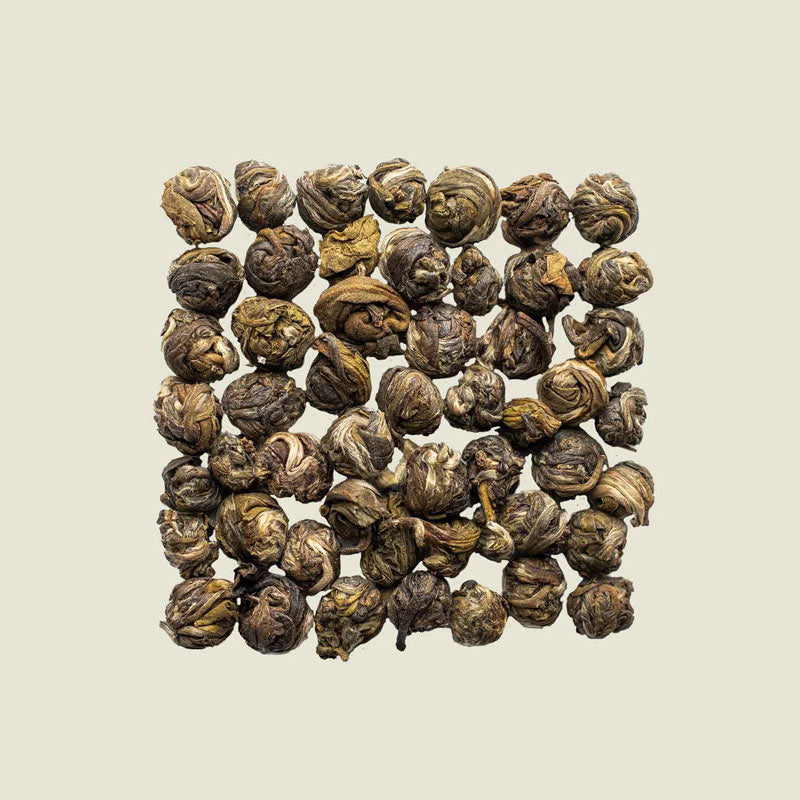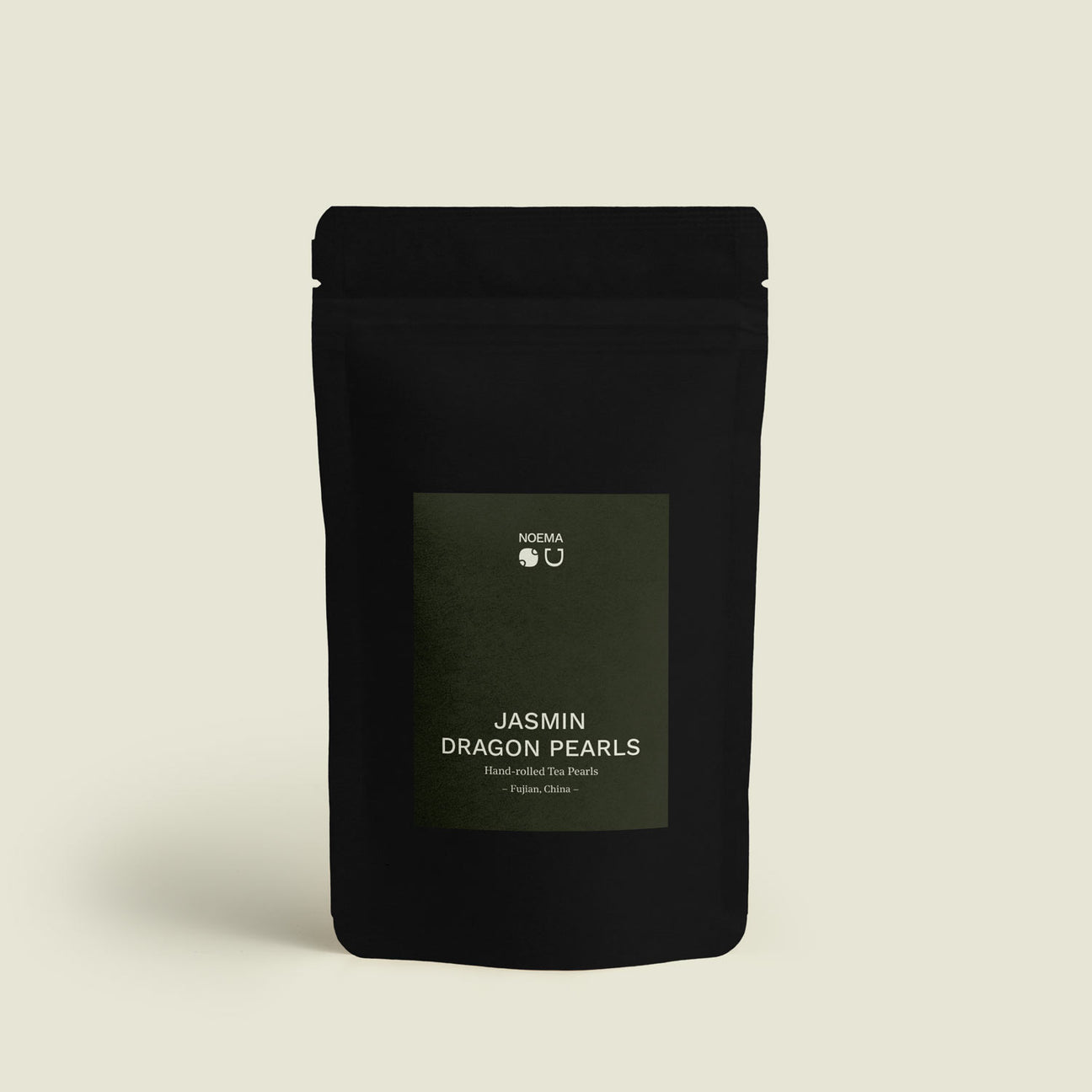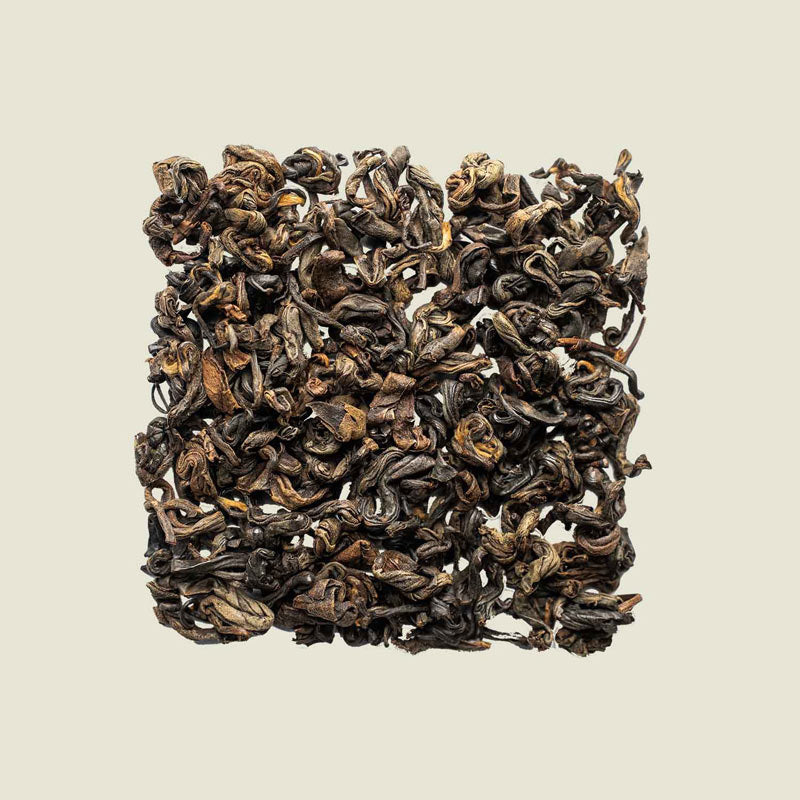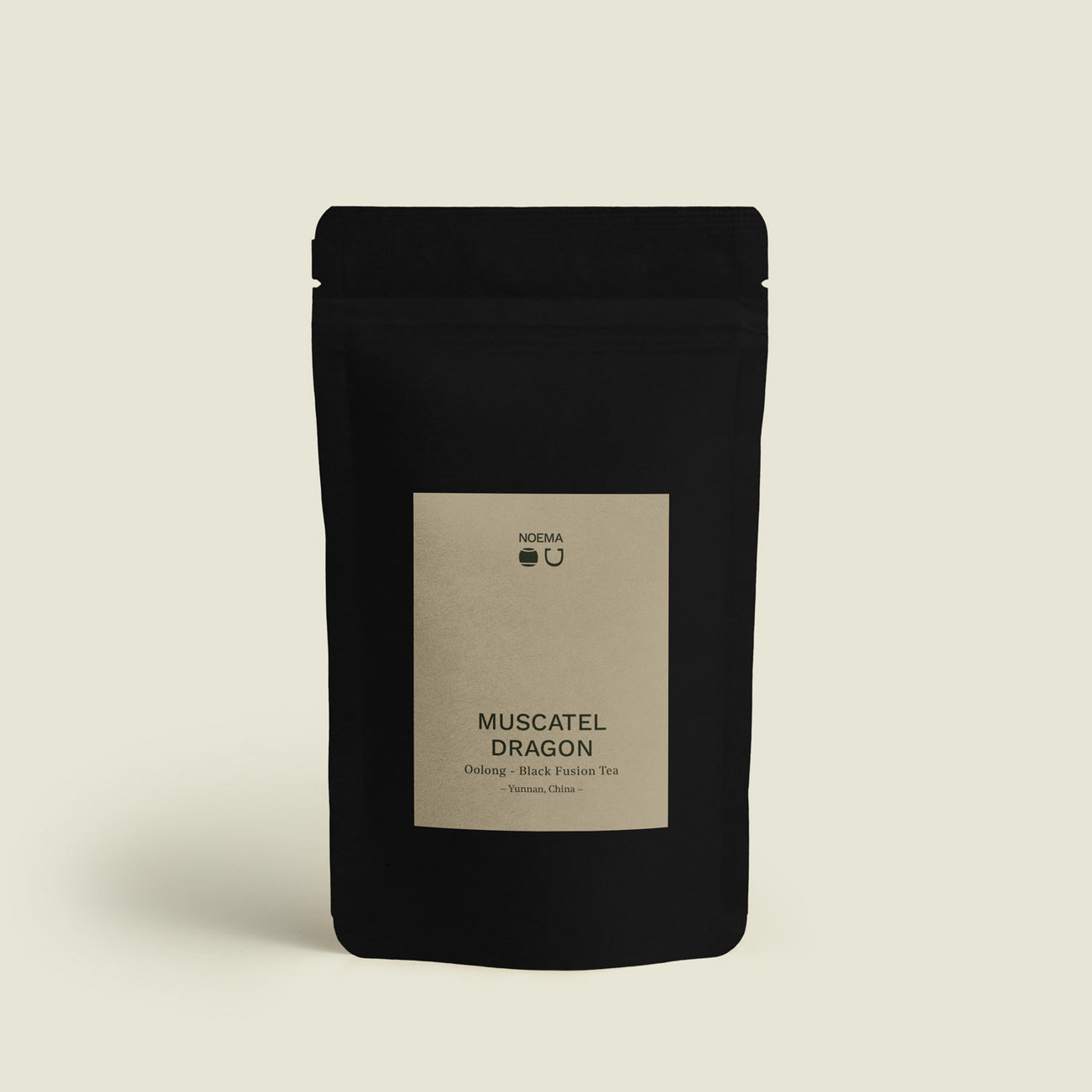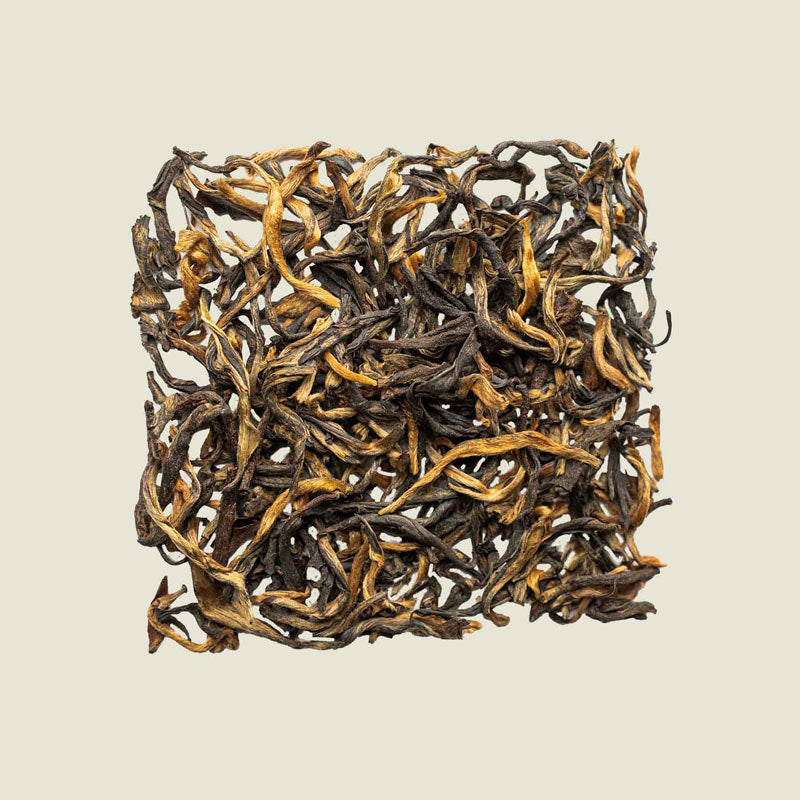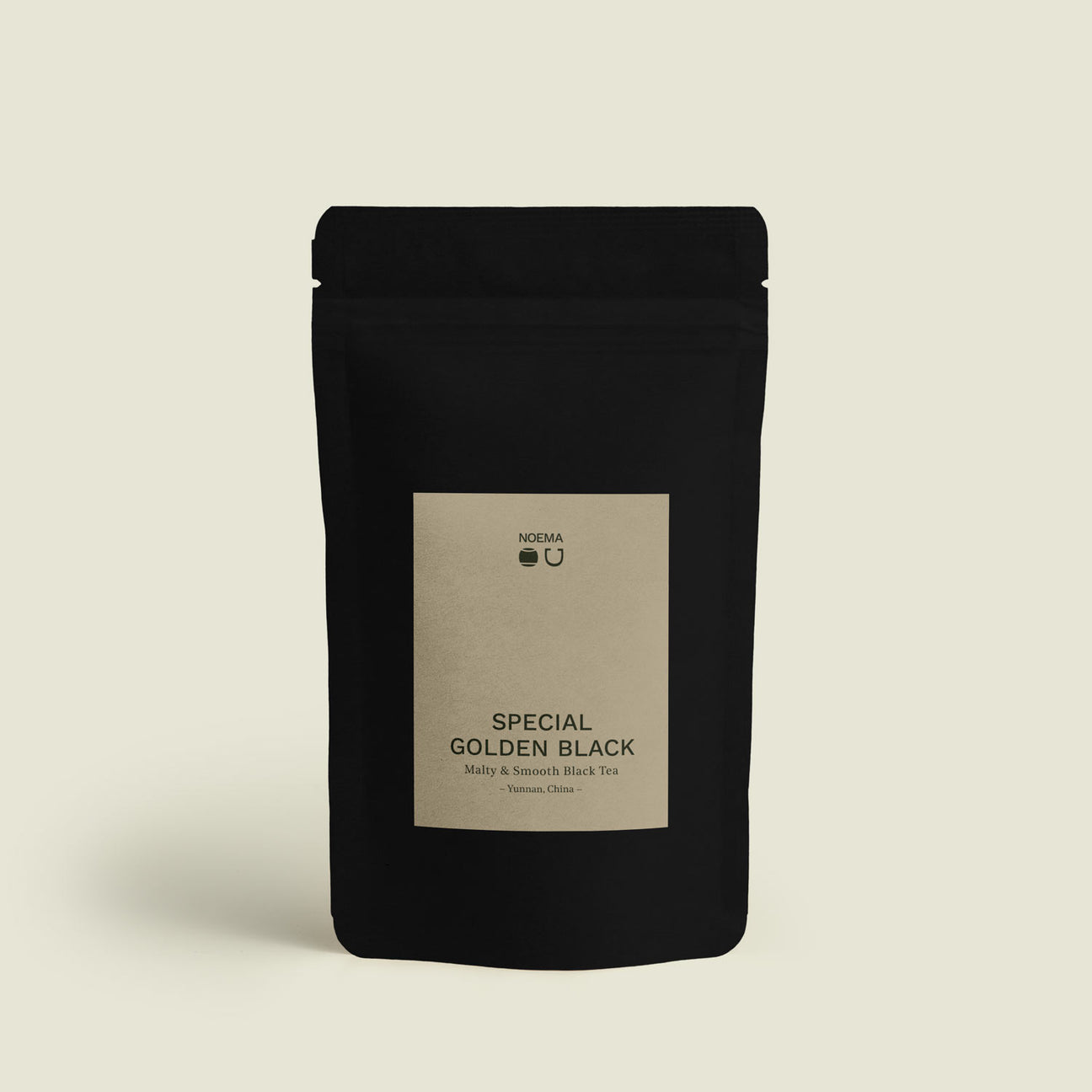Key Facts
- Tea is sensitive: Light, moisture, air, heat, and odors damage aroma & effect
- Especially sensitive: Green tea, white tea & jasmine tea
- Properly stored, tea stays fresh for up to 2 years – Pu Erh can even age
- Storage affects not only taste but also the character of the tea
Why is proper storage so important?
Tea is a natural product. Its aromas are created through elaborate processing – and they can be easily lost. Oxidation, UV radiation, foreign odors, or moisture can quickly make high-quality tea taste bland or musty.
The good news: With a few simple rules, you can optimally protect your tea.
The 5 biggest enemies of tea (and how to avoid them)
| Factor | Problem | Solution |
|---|---|---|
| Light | UV rays destroy aromas | Store in the dark, no glass containers |
| moisture | Mold & aroma loss | Store dry & airtight |
| Air | Oxidation & aging | Cans with seal, little air space |
| Odors | Tea absorbs foreign aromas | Store tea separately, odor-neutral containers |
| Heat | Aroma deteriorates, especially with green tea | Room temperature, no heating proximity, no refrigerator |
The ideal storage for loose tea
This is how to store properly:
- Airtight sealed (e.g. aroma can with seal)
- Light-protected (metal or coated packaging)
- Not in the refrigerator (moisture!)
- Away from spices, coffee, cleaning agents, etc.
- Cool, dark & dry – e.g. in the pantry
Our recommendation: Many of our original packages are already light-tight and resealable.
Storage instructions by tea type
Type of tea |
sensitivity |
Shelf life (optimal freshness) |
Special features |
| Green tea | Very sensitive | 6–12 months | Use quickly, cool place |
| White Tea | High | 12 months | Delicate aroma, store separately |
| Jasmine tea | High | 6–8 months | Aromas dissipate quickly |
| Oolong | Medium | 12–18 months | Partially fermented, robust |
| Black tea | Low | Up to 2 years | Good storage capability |
| Pu Erh | Very robust | Years to decades | Can be aged deliberately (Sheng) |



